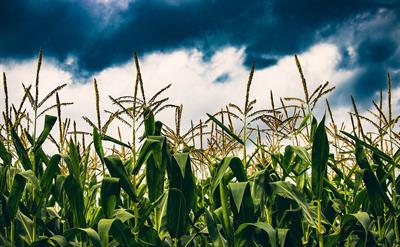PDF chapter test TRY NOW
All living organisms require food. Plants or autotrophs make their food through the process called photosynthesis. Animals, including humans, cannot make food and thus are directly or indirectly dependent on plants for food. Energy obtained from food is used to carry out various body functions of the organisms, like digestion, respiration, and excretion.
We get food from plants as well as animals. To provide food for a large population in countries like India, regular production, proper planning, management, and distribution are necessary. Farmers need to produce sufficient crops to meet the growing demand and maintain the quality and quantity of resources for future generations.
Agricultural institutions develop new technologies to help farmers increase efficiency and productivity in terms of quality and quantity. In this chapter, we will discuss agricultural practices, rotation of crops, seeds, bio-fertilisers, and functions of agricultural research institutions.
Crops are plants grown by farmers in a larger area for food or other uses.

Crop field
Since the green revolution, different types of crops have been cultivated to cater to the increasing food demands. In India, three categories of crops are grown. They are:
- Kharif season - Crops sown in rainy seasons from June to September. Example:Paddy, pigeon pea, soyabeans, groundnuts, cotton, maize, black gram and green gram.
- Rabi season - Crops that grow in winter seasons from October to March. Example:Wheat, peas, gram, mustard, linseeds.
- Zaid season - Crops grown in summer seasons from March to June. Example:Watermelons, muskmelons, and cucumbers.
According to the usage of crops, crops are classified as :
- Food crops cultivated for human consumption Example:Paddy, wheat, and maize
- Fodder crops used for livestock consumption Example:Sorghum, maize, and millets
- Oil crops used on a large scale for consumption or industrial uses Example:Groundnut, sesame, sunflower seeds
- Fabre crops used in textiles and cordage Example:Cotton, hemp
- Ornamental crops used for landscape gardening Example:Croton, euphorbia
Growing crops on farms is a skillful job that requires physical and mental skills. The agricultural practice involves different activities.
The following are the major steps to be followed when practising agriculture to produce crops:
The following are the major steps to be followed when practising agriculture to produce crops:
- Preparation of soil
- Sowing
- Applying manure and fertilisers
- Irrigation
- Protecting from weeds
- Harvesting
- Storage of seeds
